Bédar is a former mining town in Almeria, Andalucia, with a history going back to the Muslim period.
By Nick Nutter | Updated 27 May 2022 | Almería | Villages |
Login to add to YOUR Favourites or Read Later
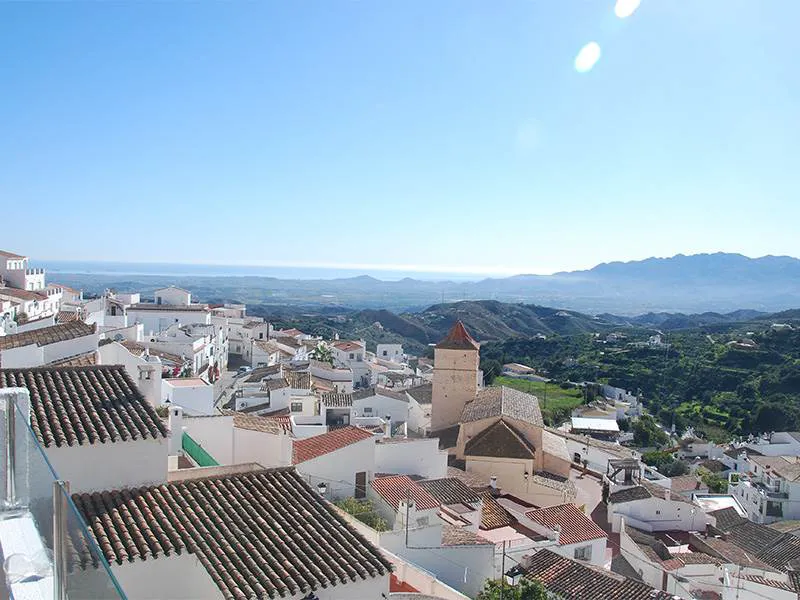
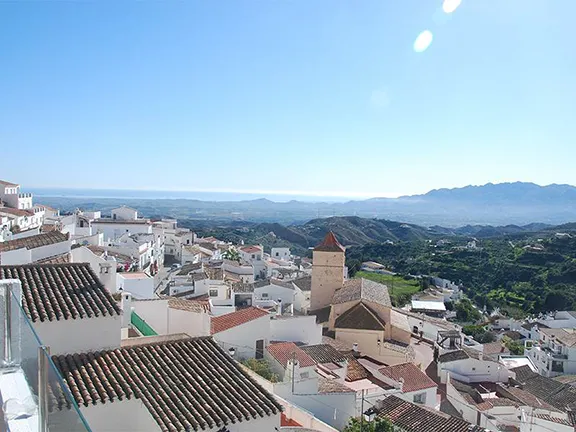
View From Bédar
The pristine white village of Bédar nestles in an east-facing valley in the foothills of the Sierra de los Filabres the high peaks of which, from a distance, seem to enfold the town in a friendly embrace, certainly protecting it from the cooler winds that can blow from the north and west in winter. It is not until you reach the village that you appreciate what Bédar has to offer.
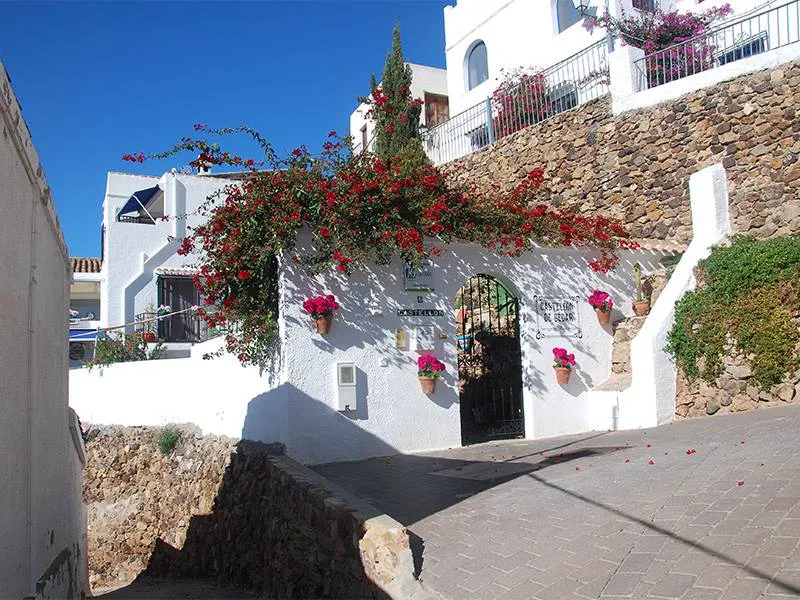
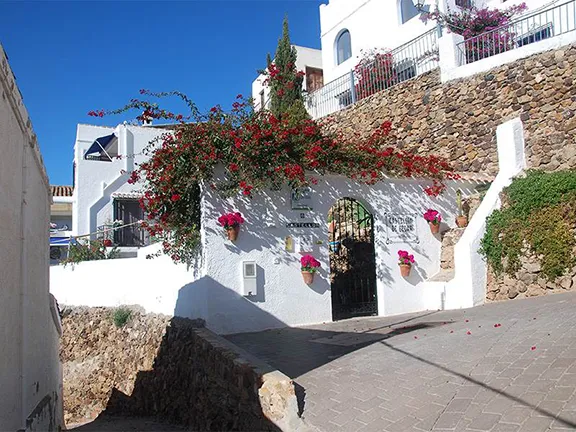
Castellon, Bédar
The first impression is the view. Straight down the valley, mountains either side, the relatively flat alluvial plain to Garrucha and the deep blue Mediterranean beyond, all beneath an alpine blue sky and, on this day, crystal clear air. A walk through the narrow, cobbled, winding streets is an inspiration. White painted houses, many with colourful flowering baskets, are interspersed with houses being redeveloped. It is apparent from all the activity that Bédar is definitely on the up.
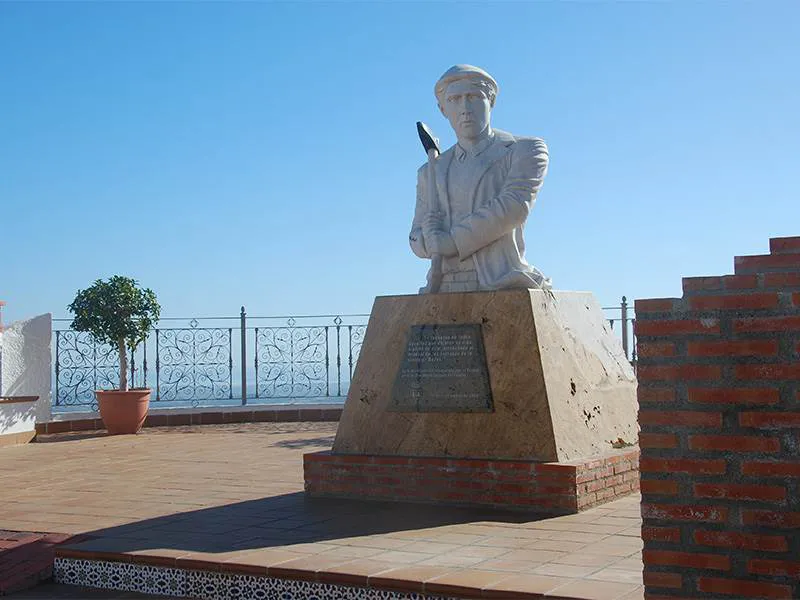
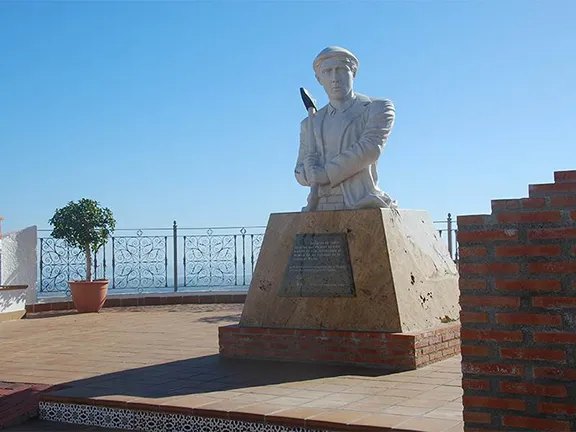
Monument to the Miners Bédar
The municipality of Bédar includes the small villages of Serena, Los Pinos, El Campico, Los Matreros, El Albarico, El Pinar and Los Giles; all grouped in the Sierra de los Filabres. It was in El Pilar that lead was discovered and the exploitation of iron ore began on a large scale. In 1888, an aerial runway, operated by a steam engine, was established from Serena to carry the ore from the mines, 15.6 kilometres, to the blast furnace on the beach at Garrucha. At the time this was the longest aerial runway in Spain and the second longest in Europe. Soon afterwards, in 1896, a narrow-gauge railway replaced the cables.
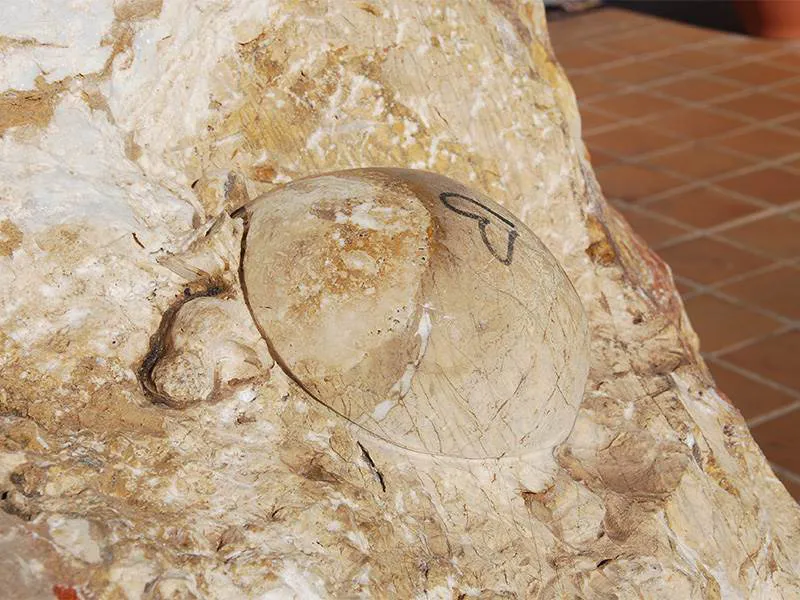
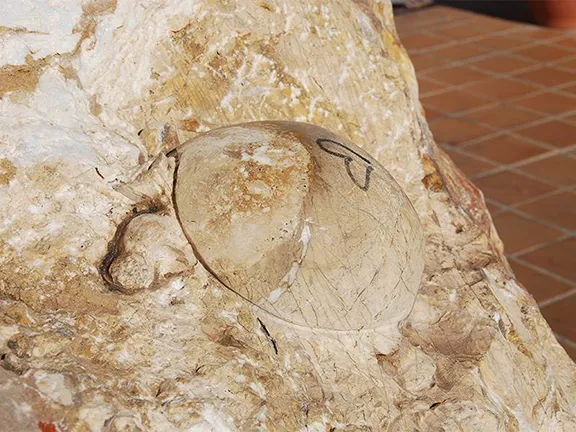
Tortuga on monument Bédar
This ‘golden age’ of mining did not last. The mines closed in the 1920s. They reopened in 1952 but by the early 1970s were once again unprofitable and closed for good. The whole of the Sierra is littered with ruined mining buildings. Fortunately for Bédar, by then the foreign tourist had discovered the area and the rest, so to speak, is history.
The miners, particularly the ones who lost their lives in the mines are remembered in Bédar. A white marble statue, inaugurated in 2005, sits in Plaza de San Gregorio. The inscription reads, ‘in memory of those who lost their lives by extracting ore from the mines of the Sierra de Bédar mountain’. On the back of the statue, the sculptor, Roberto Bolea Martinez, engraved a Tortuga Boba, a turtle of some importance in the area.
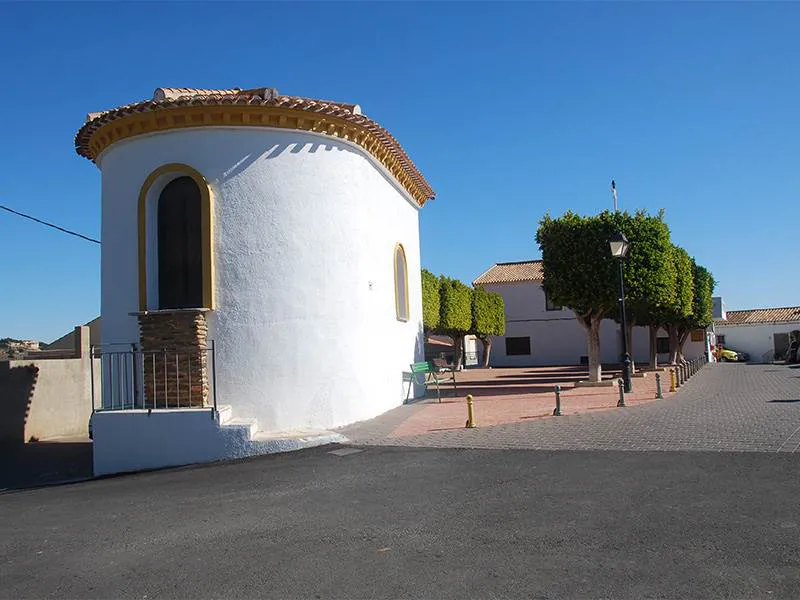
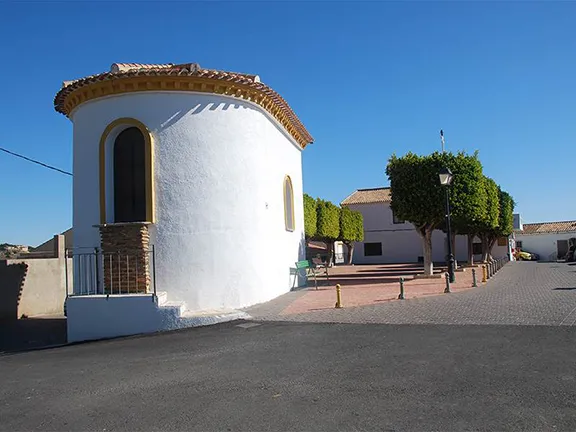
Iglesia de Santa Maria del Cabeza
It is recorded that, in the mid 13th century, miners and technicians were sent to the area to exploit the mineral resources. It is about this time that Bédar was founded. The compact town now centres on the 16th century Iglesia de Santa Maria del Cabeza. During the Moorish period, this was a mosque and the village comprised two grain mills, an oil mill, six pottery shops with their own kilns, a communal bread oven and 47 houses. The old agricultural terracing can still be seen on the surrounding slopes. An unusual industry in the area was the nurturing of silkworms and the manufacture of silk.
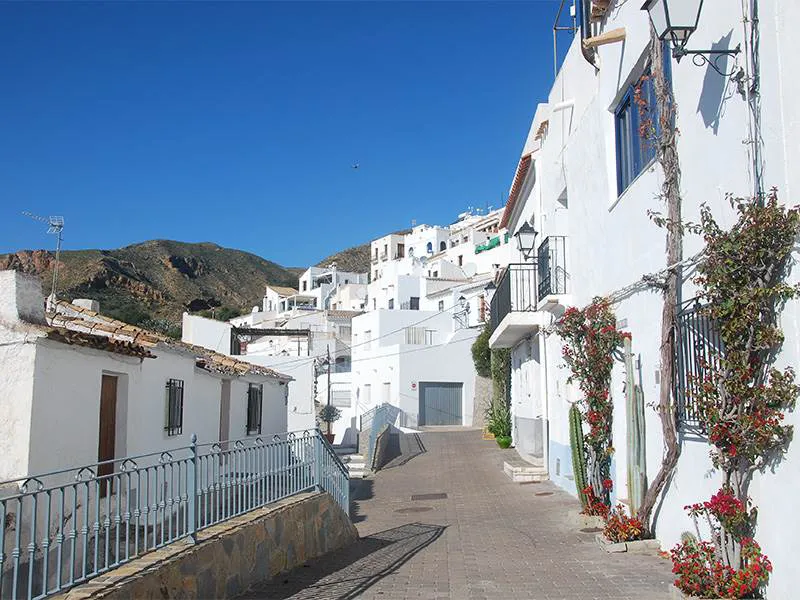
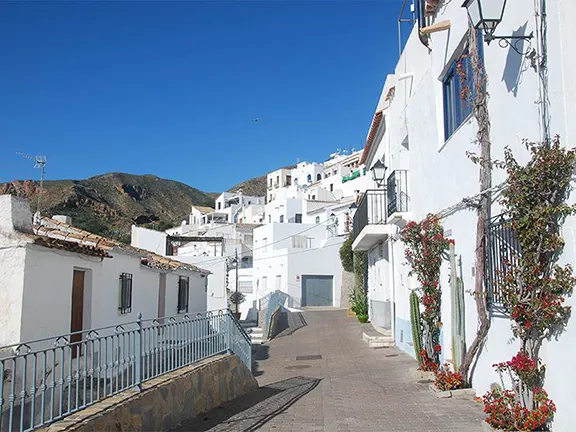
Street Scene, Bédar
By 1488, the reconquest had swept through the area leaving pockets of Moors in small isolated villages. The Marquess of Cadiz negotiated a peace treaty with Mojacar and Vera that effectively included all the small villages, including Bédar.
A period of instability followed the reconquest. The remaining Moors were forced to accept Christian political control although they could practice their faith. They became known as Mudejares. However, the Mudejares were always disadvantaged even though numerically superior to the Christians. Rich agricultural land was ceded to Christian nobles or just plain stolen by Christian neighbours. A series of Mudejares rebellions ensued and, in 1495, the local commander, from his court in Vera, ordered all Mudejares rounded up and sold at auction as slaves. The order was rescinded in 1499, the idea was just not practical given the numbers of Mudejares and their resistance to the edict. In 1500 Ferdinand, King of Spain, visited the area to oversee the control of what had become a full-scale revolution that was being encouraged by the Sultan in Baghdad. Eventually Ferdinand ordered all Mudejares to convert to Christianity, be expelled from the country or be executed.
The pirate raids, sponsored by Sultan Selim in Baghdad, became more frequent after 1550. The coast between Vera and Mojacar was considered to be sympathetic to the pirates, the villages in the valley still having a large Morisco (Muslims who had converted to Christianity) population. In any case the coastal towns became depopulated as people moved inland. In 1568 unrest blossomed into a revolution that became known as the Morisco Revolt. The revolt lasted until 1571 after which the monarch, Philip II, decreed that all Muslims should be deported, further depopulating the land.
It was not until 1575 that the area was repopulated with people from Mojacar and Vera. The mining of iron ore was carried out in a small way in the nearby area of Serena but subsistence agriculture remained the primary occupation until the 19th century.
For information about Mining in the Sierra Almagrera and Las Herrerias